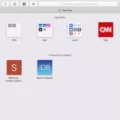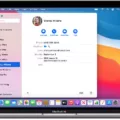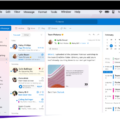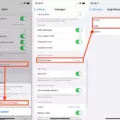Are you trying to free up space on your Macbook Air? If so, you’ve come to the right place. This article will show you how to clean up your hard drive and free up space on your Macbook Air.
The first step is to optimize the storage. You can do this by using built-in tools that come with your Macbook Air. These tools help you manage the files on your computer and make sure that only the files necessary for operation remain on your device. You can also remove any applications that are no longer needed or used, as well as all of their leftovers, in order to free up space.
The next step is to find and remove duplicate files. Duplicate files take up valuable hard drive space and can slow down your device if not managed correctly. Removing them will help speed things up and give you more storage space.
Once duplicate files have been removed, it’s time to empty the Trash automatically. This is a great way to keep your Mac running smoothly by removing unnecessary items from the Trash folder on a regular basis.
You should also clear your browser cache regularly in order to keep your computer running at optimal performance levels. This involves deleting any temporary internet files that may be taking up unnecessary space on your hard drive. Additionally, you can delete unused language files and clean up any Desktop clutter in order to free up more disk space quickly and easily.
Finally, make sure you delete mail attachments and junk mail regularly in order to prevent them from clogging up your hard drive with unnecessary data. With these tips, you should be able to free up valuable disk space on your Macbook Air in no time!
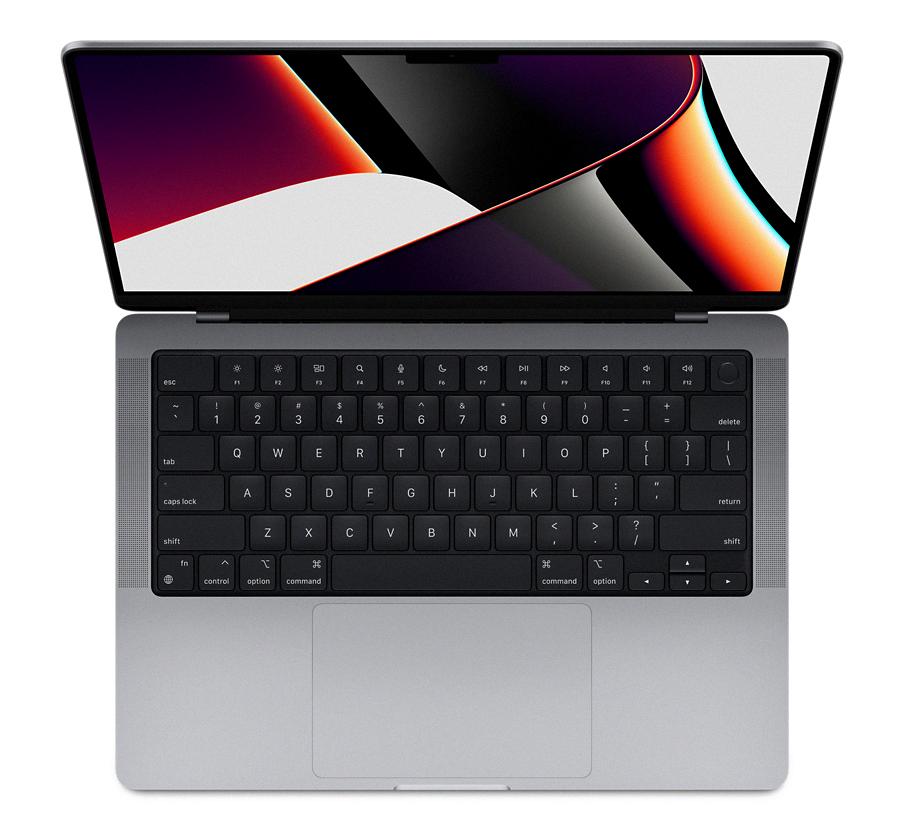
Cleaning Up a Mac’s Hard Drive
Cleaning up your Mac’s hard drive is an easy process that can help free up disk space and improve your computer’s performance. The first step is to use the built-in tools to optimize your storage. This will help you identify which files are taking up the most space, so you can make better decisions about what needs to be deleted. Next, delete any unused apps and all their leftovers, as well as duplicate files, language files, and mail attachments. You should also look for any large files that you no longer need, such as old photos, videos, or music downloads. Additionally, you can empty the trash automatically and clear the browser cache to reclaim more space. Finally, it’s a good idea to reorganize your folders and run a disk clean-up program to scan for any additional junk files that need to be removed. By following these steps regularly, you can keep your Mac’s hard drive neat and tidy!
Cleaning System Storage on a Mac
To clean your Mac when the system storage takes up too much space, there are a few steps you can take:
1. Check for unnecessary files – open Finder and review your folders for any large or unnecessary files that can be deleted.
2. Manually remove Time Machine backups – if you have been usig Time Machine to back up your data, go to the System Preferences and select Time Machine to delete any old backups.
3. Optimize your storage – use the Optimize Storage feature in System Preferences > Apple ID > iCloud to save disk space by storing older documents, photos, and email attachments in iCloud.
4. Clear application logs and support files – open a Finder window and go to ~/Library/Logs/DiagnosticReports to remove any log files that take up unnecessary storage space. Additionally, you can also delete old application support files from ~/Library/Application Support/.
5. Clean up your Downloads folder – head over to your Downloads folder (in Finder) and delete any files that you no longer need or haven’t used in a while.
Following these steps should help you free up some of the system storage on your Mac!
Does Mac Have A Disk Cleanup?
Yes – Macs have a disk cleanup tool called ‘CleanMyMac’, which can help you free up space on your hard drive by removing unnecessary or unwanted files. It will scan your system to identify junk files, old downloads, browser caches, and other items that can be safely removed. It also offers up other options for deleting large files you no longer need, cleaning out duplicate files, and more. CleanMyMac is a safe and easy way to keep your Mac running smoothly and quickly with minimal effort.
Is Deleting Cache Files on Mac Safe?
Yes, it is generally OK to delete cache files on Mac. When your Mac stores information in its cache, it’s usually just quick-access data that can help speed up certain processes. This data can accumulate over time and take up unnecessary space on your hard drive, so removing outdated cached files can be a great way to free up some extra storage space.
That being said, you should still exercise caution when deleting any system or user-level files from your Mac. Before you delete any cached files, make sure that the path leading to them starts with either /Library/Caches/ or ~/Library/Caches/. Additionally, it’s always a good idea to back up your computer before deleting anything. That way, if something does go wrong you’ll have a backup copy of all your important data.
What Is Consuming My Mac’s System Storage?
System storage on your Mac refers to the amount of hard drive space that is being taken up by the various system and application files required for your machine to run properly. This can include things like old Time Machine backups, iOS backups, app caches, temporary files, and unused disk images. These types of files can add up quickly and take up a large amount of your system storage. To free up some space, you can delete older Time Machine backups, uninstall apps you no longer use, empty your trash bin regularly, and delete any disk images you do not need.
Cleaning Up Mac Without Losing Files
1. Back up your data: To ensure that any changes you make to your Mac don’t result in the loss of important files, back up your data to an external hard drive or cloud storage service.
2. Uninstall applications and delete files: Delete any applications or files you no longer need by dragging them to the Trash or using the Uninstaller in the Applications folder.
3. Empty the Trash: Once you are sure that you no longer need the items in your Trash, empty it by selecting Finder > Empty Trash.
4. Clean up system clutter: System clutter accumulates over time and can cause performance issues on your Mac. Use a tool such as CleanMyMac X or AppCleaner to identify and remove unnecessary system junk from your computer.
5. Run maintenance scripts: Maintenance scripts are designed to keep your Mac running smoothly, so run them on a regular basis if you want to keep it running optimally. You can find maintenance scripts in Apple’s Activity Monitor app, which is located in the utility folder inside your Applications folder.
6. Clean out caches: Caches are temporary files stored on your computer that can accumulate over time and affect performance. To clean out caches, use a tool like Onyx, which you can find in the utility folder inside of your Applications folder (or via third-party sources).
7. Optimize startup items: Start-up items are programs that launch when you turn on your Mac and can slow down its performance if there are too many of them running simultaneously. Use a tool such as Startupizer 2 or MacKeeper to identify unnecessary start-up items and disable them so they don’t launch when you power up your machine.
Understanding and Resolving Mac Storage Issues
Your Mac storage is always full because you may have too many outdated files, old logs, caches, and apps that are no longer used. You may also have a large number of photos or videos stored on your computer that are taking up space. Additionally, some applications may be creating temporary files which can also contribute to low disk space. To free up space on your Mac, consider removing old and unnecessary files, uninstalling unused applications, archiving photos and videos to an external drive, and emptying the trash.

